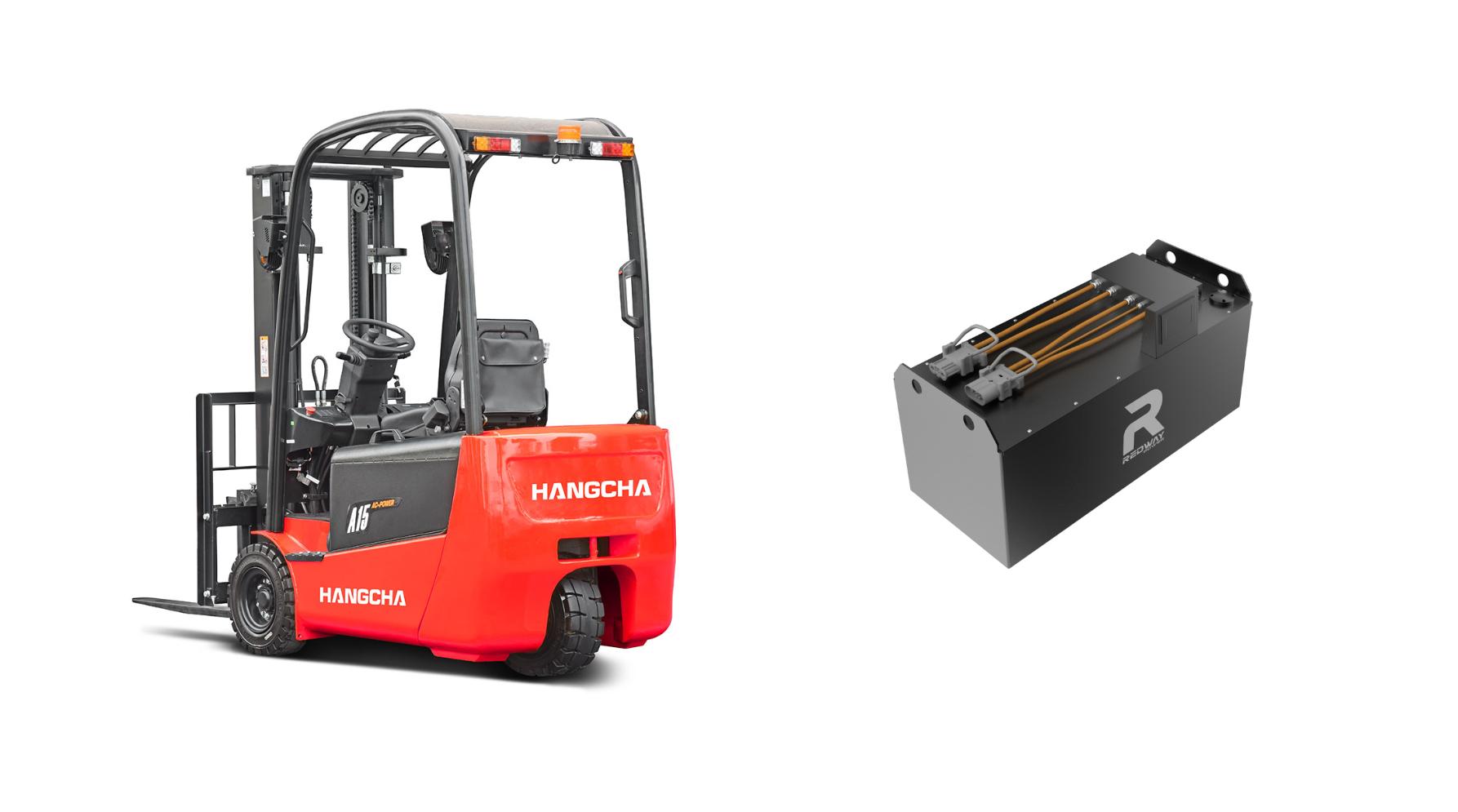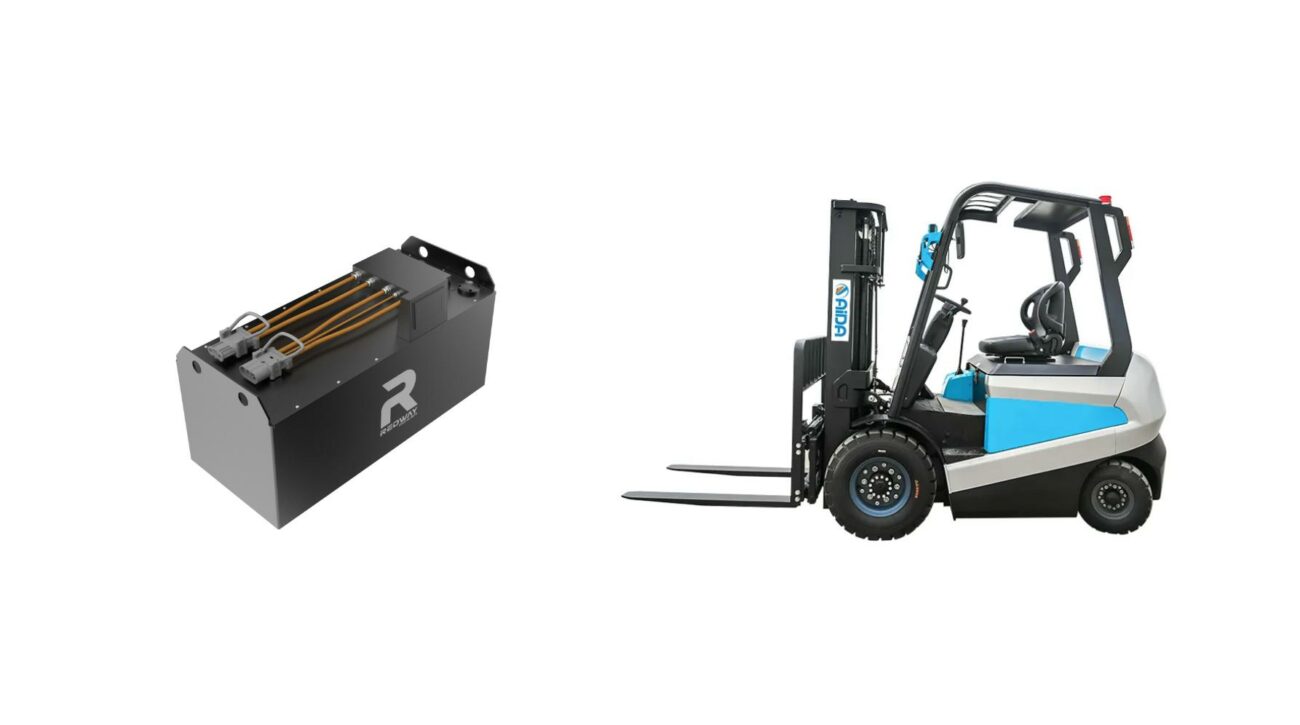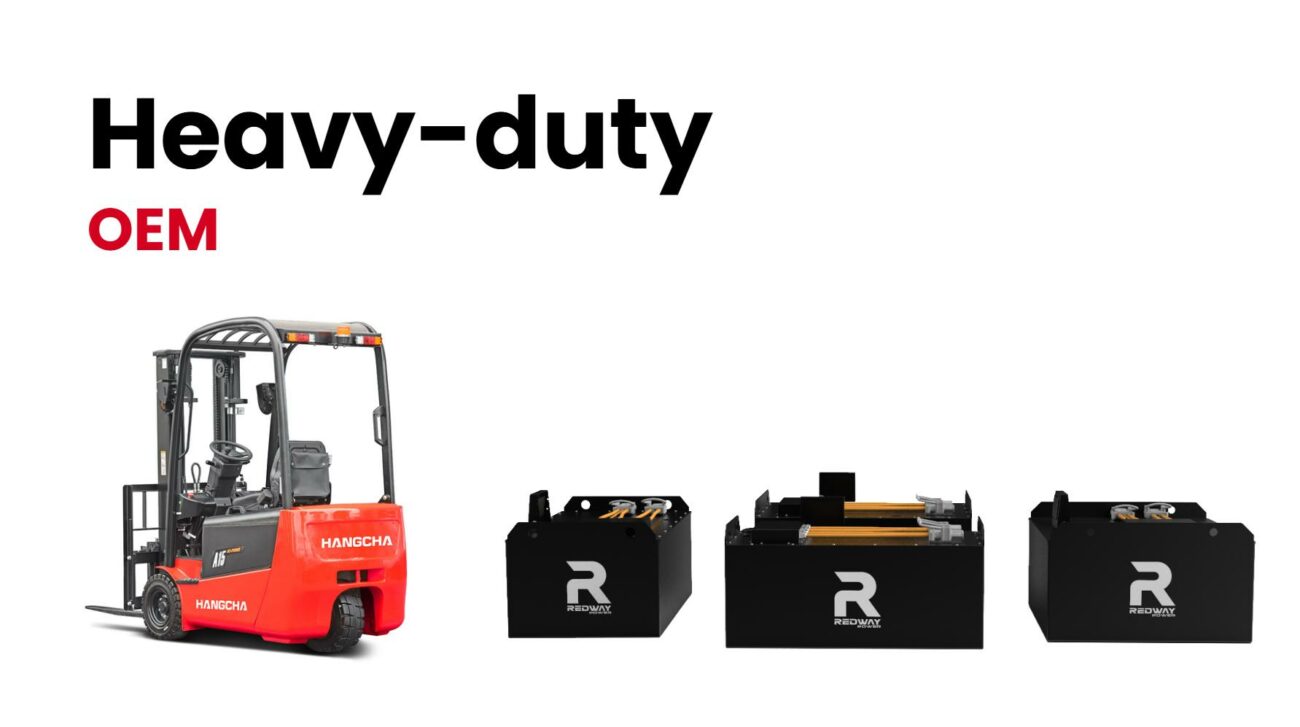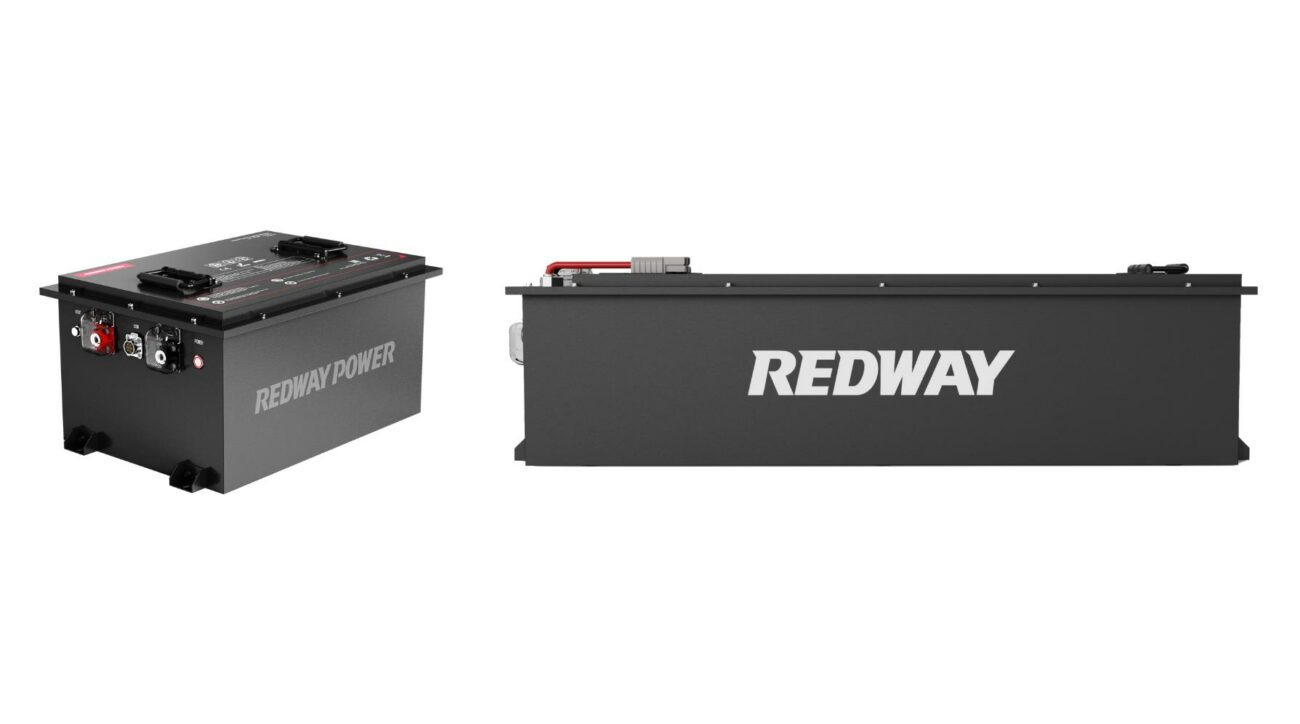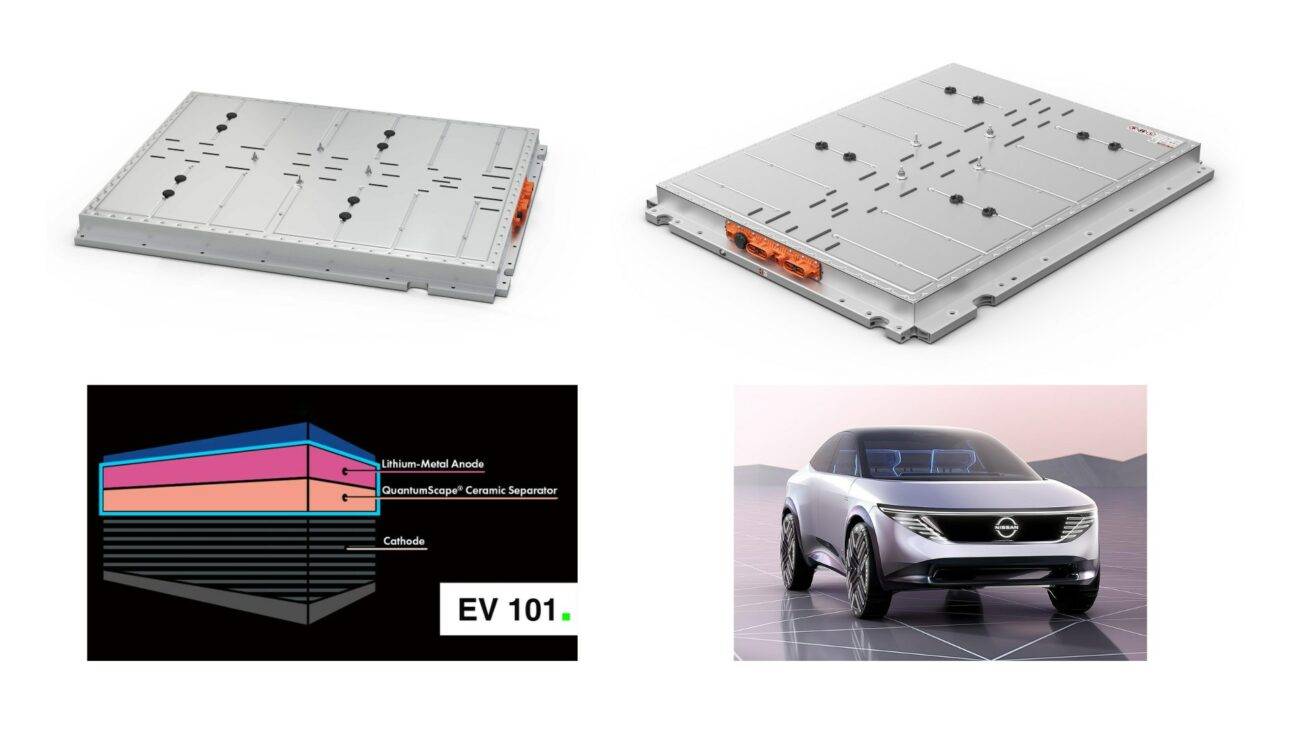The leading EV battery manufacturers include CATL (China), LG Energy Solution (South Korea), BYD (China), Panasonic (Japan), and SK Innovation (South Korea). These companies dominate the market with advanced lithium-ion technologies, strategic partnerships with automakers, and massive production capacities. CATL alone holds over 30% of the global market share, supplying Tesla, BMW, and Volkswagen.
48V 300Ah Lithium Forklift Battery
How Do Government Policies Impact EV Battery Manufacturing?
The U.S. Inflation Reduction Act mandates 50% domestic battery content for tax credits, prompting $40B+ in factory investments. EU’s Critical Raw Materials Act requires 10% lithium recycling by 2030. China’s subsidies boosted CATL’s dominance, while India’s PLI scheme lags Tesla’s entry. Policies shape regional competitiveness and supply chain resilience.
Government regulations are accelerating regionalization of supply chains. The IRA’s domestic content rules have spurred 12 new U.S. gigafactory announcements since 2022, including Ford’s $3.5B LFP battery plant in Michigan using CATL technology. Meanwhile, the EU’s carbon border tax penalizes imports from high-emission producers, favoring local players like Northvolt. China maintains control through export restrictions on graphite and germanium – materials critical for anode production. Emerging markets like Indonesia leverage nickel reserves (23% of global supply) to attract battery investments through export bans on raw ore.
| Region | Key Policy | Manufacturing Impact |
|---|---|---|
| United States | Inflation Reduction Act | $52B in new battery investments through 2026 |
| European Union | Critical Raw Materials Act | Mandates 40% local processing of lithium by 2030 |
| China | New Energy Vehicle Subsidies | CATL controls 43% of global LFP battery production |
What Innovations Are Shaping Next-Gen EV Batteries?
Solid-state batteries, silicon-anode tech, and sodium-ion cells are key innovations. Toyota plans to launch solid-state EVs by 2027, offering 500-mile ranges. Tesla’s 4680 cells improve energy density by 16%. Chinese firms like SVOLT develop cobalt-free batteries to cut costs and dependency on conflict minerals. Startups like QuantumScape target 80% faster charging by 2025.
The battery technology race is intensifying with three breakthrough areas. Solid-state designs replace flammable liquid electrolytes with ceramic or polymer materials, potentially doubling energy density. Toyota recently demonstrated a prototype with 745-mile range, though mass production challenges remain. Silicon anode batteries (like Sila Nanotechnologies’ Titan project) can increase capacity by 20-40% compared to graphite, enabling smaller battery packs. CATL’s sodium-ion cells entered mass production in 2023, offering -30°C performance at 30% lower cost – ideal for urban EVs in cold climates. Startups are also exploring lithium-sulfur chemistries that theoretically provide 5x higher energy density than current NMC batteries.
| Technology | Energy Density | Commercialization Timeline |
|---|---|---|
| Solid-State | 400-500 Wh/kg | 2027-2030 |
| Silicon Anode | 350-450 Wh/kg | 2024-2026 |
| Sodium-Ion | 120-160 Wh/kg | 2023+ |
“The EV battery race isn’t just about capacity—it’s about reinventing supply chains,” says a Redway strategist. “Companies leading in recycling and sodium-ion tech will dominate post-2030. CATL’s $5B Indonesian nickel project and Northvolt’s hydro-powered Swedish gigafactory show how geography defines this industry. Legacy automakers must vertically integrate or risk margin collapse.”
FAQs
- Who is the largest EV battery manufacturer?
- CATL (China) leads with 34% global market share, supplying Tesla, BMW, and NIO. It produces 170 GWh annually across 15 factories.
- What battery tech will replace lithium-ion?
- Solid-state batteries (e.g., Toyota’s 2027 target) and sodium-ion cells (CATL’s 2023 rollout) are top contenders, offering higher safety and lower costs.
- How much cobalt is in an EV battery?
- NMC batteries contain 10-20% cobalt. Cobalt-free LFP batteries (used in 40% of Tesla’s 2023 vehicles) are gaining traction but have lower energy density.
Know more:
Who Are the Leading EV Battery Manufacturing Companies Globally?
What Are the Key Considerations for Electric Forklift Batteries?
What Makes Lithium-Ion Forklift Power the Future of Material Handling?
What Are the Essential Components of Forklift Charging Infrastructure?
What Is a Battery Management System and Why Is It Crucial?
How Do Energy-Efficient Forklift Technologies Reduce Operational Costs?


